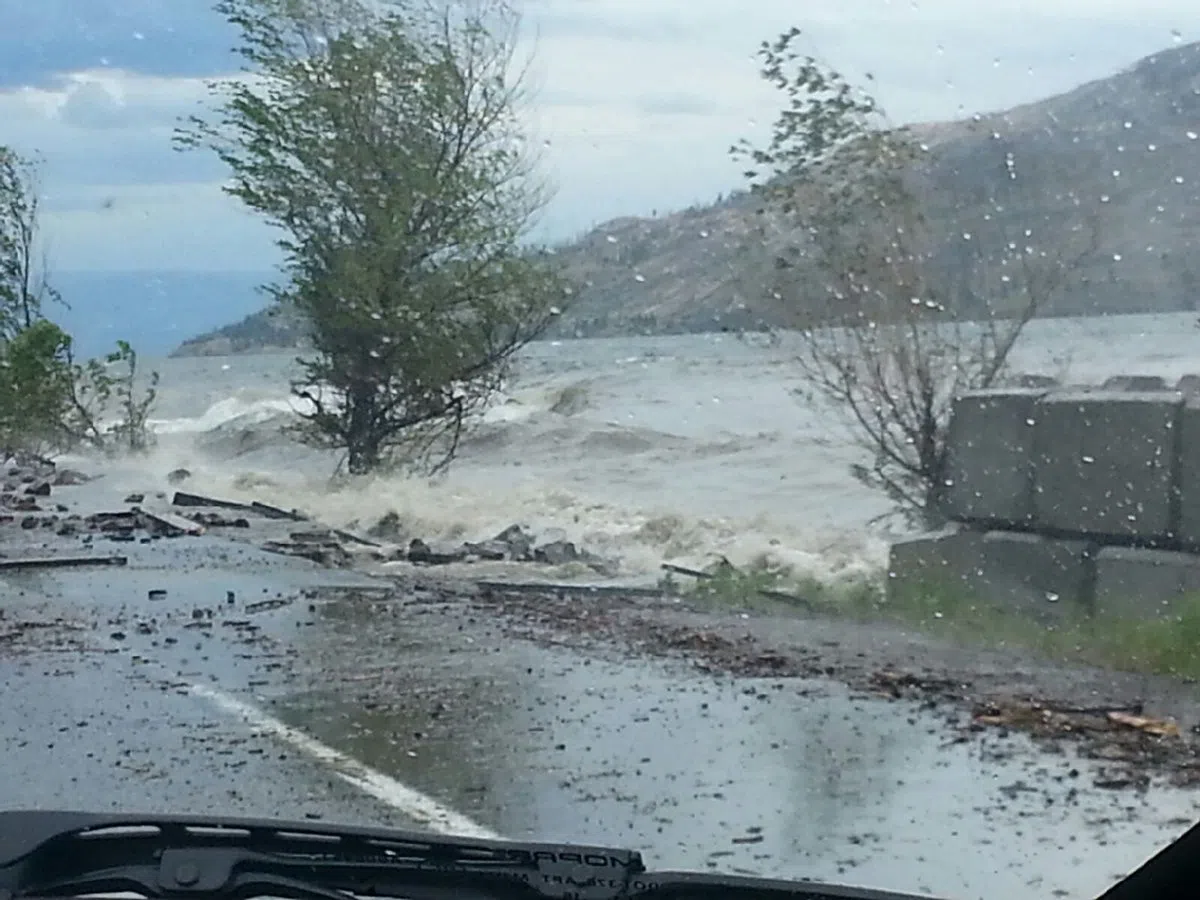
Report issued on 2017 Interior flood season
KAMLOOPS — A new report into last year’s destructive flood season in the B.C. Interior has proposed 65 recommendations aimed at keeping British Columbians safe.
“The report concluded a wetter-than-average spring, combined with unusual weather conditions in the previous fall and winter, were the primary drivers behind the severe flooding in the Thompson-Okanagan,” read a news release from the Ministry of Forests, Lands, Natural Resource Operations and Rural Development,
The ministry initiated the review by Associated Enviromental Consultants Inc. to determine the effectiveness of the ministry’s flood response and to see what could have been done differently to reduce flooding impacts.
The report found high inflows to Okanagan Lake, Kalamalka Lake and Nicola Lake last spring were part of a general pattern of high flows in creeks and rivers in this area of B.C. that resulted in widespread flooding due to high lake levels, a high groundwater table and high streamflows. The high flows resulted from a combination of high elevation snow melt and above-average rainfall. Both Okanagan and Nicola Lakes experienced their highest May inflows on record.


